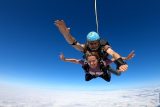The History of Skydiving
Blog
 Posted by: Curtis White
2 years ago
Posted by: Curtis White
2 years ago
Skydiving history is some of the most unique, inspirational, and interesting histories out there! Just like all historical things, the whos, hows, and whys of skydiving are all a bit, shall we say, up in the air. But really, who invented skydiving? What classifies as a skydive — does it have to be from an airplane? Does it count if you thought of the idea but didn’t have the means to send it? Who knows! Nonetheless, let’s get into it!
What is the Origin of Skydiving?
When did skydiving begin? Most people think of American skydivers jumping into battle zones during WWII when they think back to the old days of jumping. But the truth is that skydiving was born long before.
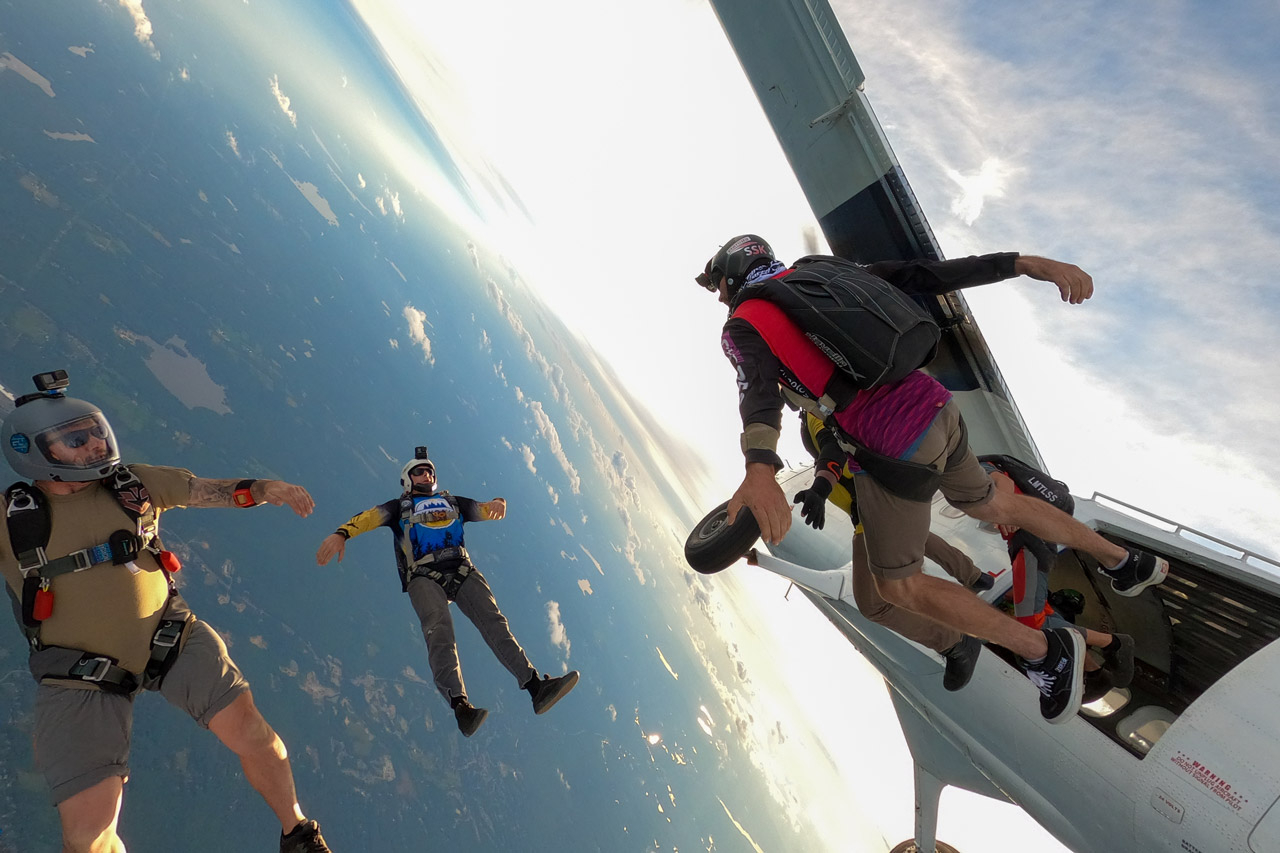
Researchers have shown that the Chinese sketched drawings of parachutes in the 1100s! Then, over 300 years later in 1495, Leonardo da Vinci conceived the idea of a pyramid-shaped parachute, bearing a slight resemblance to what we call “rounds” today. Finally, in 1797 a Frenchman named André-Jacques Garnerin made the first official parachute jump, which technically qualified as a skydive, over Paris from only 2,000 feet!
So, who invented skydiving? Initially, skydiving was a rough concept, but it evolved into a better idea that Mr. Garnerin eventually executed, making him the world’s first skydiver. Much like skydiving today, successful jumps require many people working together towards one goal to conquer it!
Parachute History Timeline
This skydiving history timeline will let us see the variations of the sport throughout centuries, what and who enabled its growth, who invented tandem skydiving, and so much more!
The Way, Way Back
- 1100s: The Chinese beat everyone to the punch by drawing something that looks like a parachute.
- 1495: Da Vinci comes onto the scene with the idea of a more scientifically correct parachute that is round.
- 1797: Garnerin jumps from a basket dangling from the underside of a balloon (jealous!).
- 1799: Jeanne-Geneviève Labrosse (Garnerin’s wife!) prizes herself as the first woman to leap from the sky, also from a balloon.
Modern-ish Day
- 1911/1912: Albert Berry or Grant Morton (told you it’s a debatable topic) is the first person to jump from a powered and forward-moving aircraft — the first modern-day skydiver!
- 1918: The Italian military makes the first tactical skydive. In 1919, Floyd Smith and Leslie Irvin created the ripcord, enabling jumpers, who had previously relied on something like a static line, to begin exploring freefall!
- 1944: The United States heroically takes to the skies during WWII.
- 1946: The United States Parachute Association (USPA) established itself in the great state of New York. The USPA, along with the Federal Aviation Administration, is the primary governing body for us crazy skydivers. In the 40s the USPA had around 100 members, now they serve over 40 THOUSAND worldwide!
We would like to note that we’re a proud USPA member dropzone and strictly adhere to their rules, regulations, and recommendations!
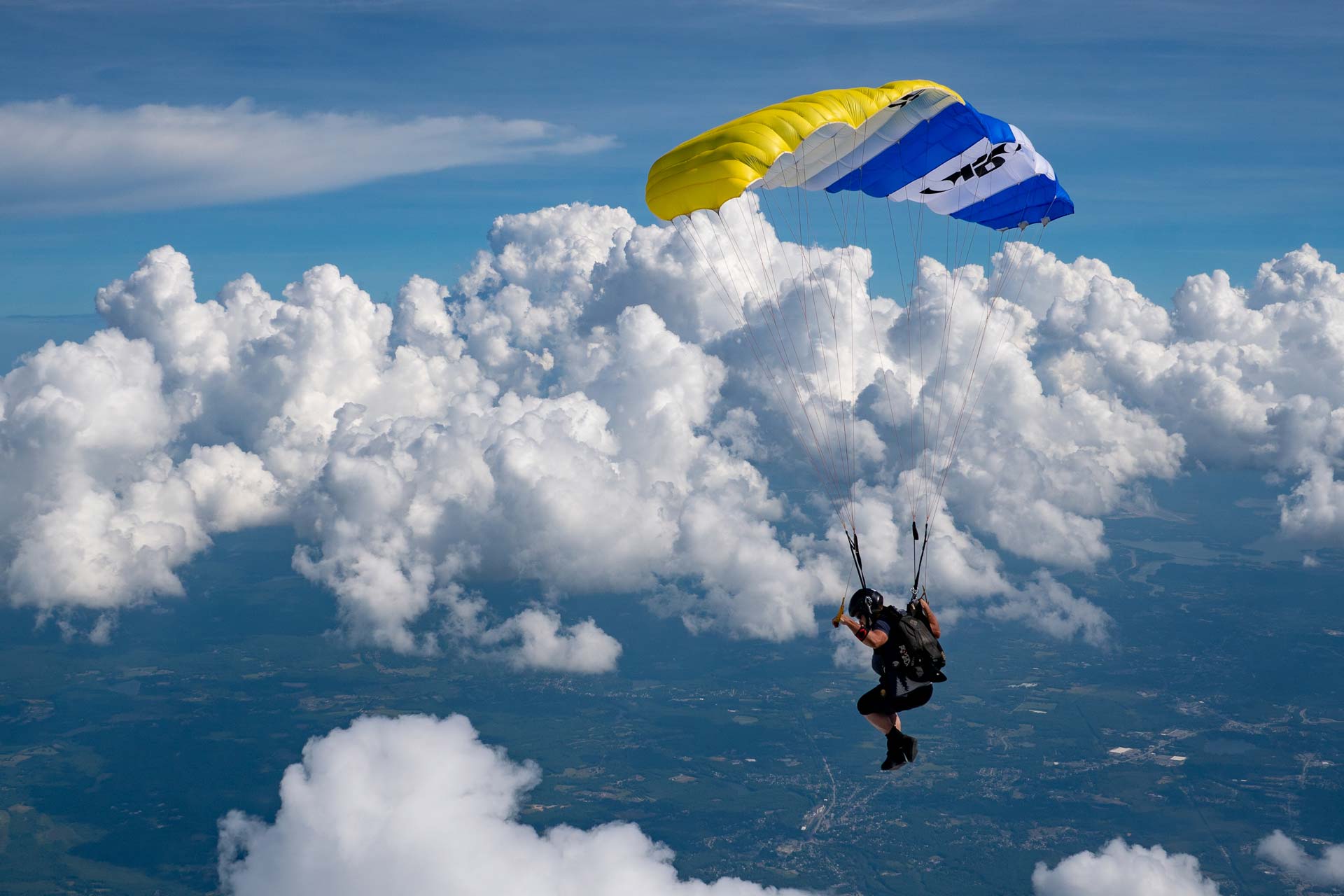
- 1957: Jacques-André Istel designed and developed the first sport parachute, a canopy designed not for military purposes.
- 1959: Orange, Massachusetts becomes home to the first non-military parachuting school.
- 1962: American soil hosted the first World Parachuting Championships (the inaugural event took place in modern-day Slovenia!), where an American named James Arender won the gold!
Modern Day
- 1970s: Jumpers, growing bored of solo jumps, begin to embark on the journey of group formation skydiving, opening the door to numerous growth opportunities!
During the 70s, skydivers transitioned from circular canopies to the square ones commonly used today. This transition in canopy style was huge for the sport, it allowed canopies to be more steerable, have softer landings, and sparked advancements in canopy design.
- 1982: Huuuuge year for skydiving! Bill Booth invented something called the 3-ring system. Three metal rings looped through one another, serve as the attachment point between the parachute and the container (the backpack part).
If the main parachute malfunctions and needs cutting away, these three rings quickly release, allowing the main parachute to get away and clear the airspace for the reserve parachute to deploy. Mr. Booth is our guy!
- 1983: Inventors created tandem skydiving! And by whom? Ted Strong! Without tandem skydiving the sport wouldn’t have allowed the general public to experience human flight and to grow as fast as it did.
- 1989: Another huge year in the history of skydiving! Inventors created the Automatic Activation Device (AAD), a tiny computer inside the container. Skydivers turn on the AAD before jumping, which cuts the reserve cord if they cannot deploy their reserve, for example, if they are unconscious.
The AAD calculates air pressure and different altitudes to determine the height and speed of the jumper. If a jumper is falling too fast and too low, the AAD will activate. AADs save lives!
More than 30 years later, the sport of skydiving is thriving! People from all walks of life, young and old contribute to the awesomeness of the sport – from being competitors, instructors, coaches, fun jumpers, and innovators. Licensed skydivers make almost 4 million skydives in the US every year!
Are you ready to be a part of our number? Book your skydive today! We can’t wait to jump with you. Blue skies!
Categories:
You May Be Interested In:
Enter to Win a Free Skydive
Join our email list and enter to win a free tandem skydive. Drawings in April and December; winner announced on social media.
You’ll get a $10 coupon toward a tandem just for signing up! Must be 18 and under 240 lbs to jump.
*By submitting this form, you are consenting to receive marketing emails from Skydive New England, 40 Skydive Lane, Lebanon, Maine 04027. You can revoke your consent by using the SafeUnsubscribe link located at the bottom of every email. Emails are serviced by Constant Contact.
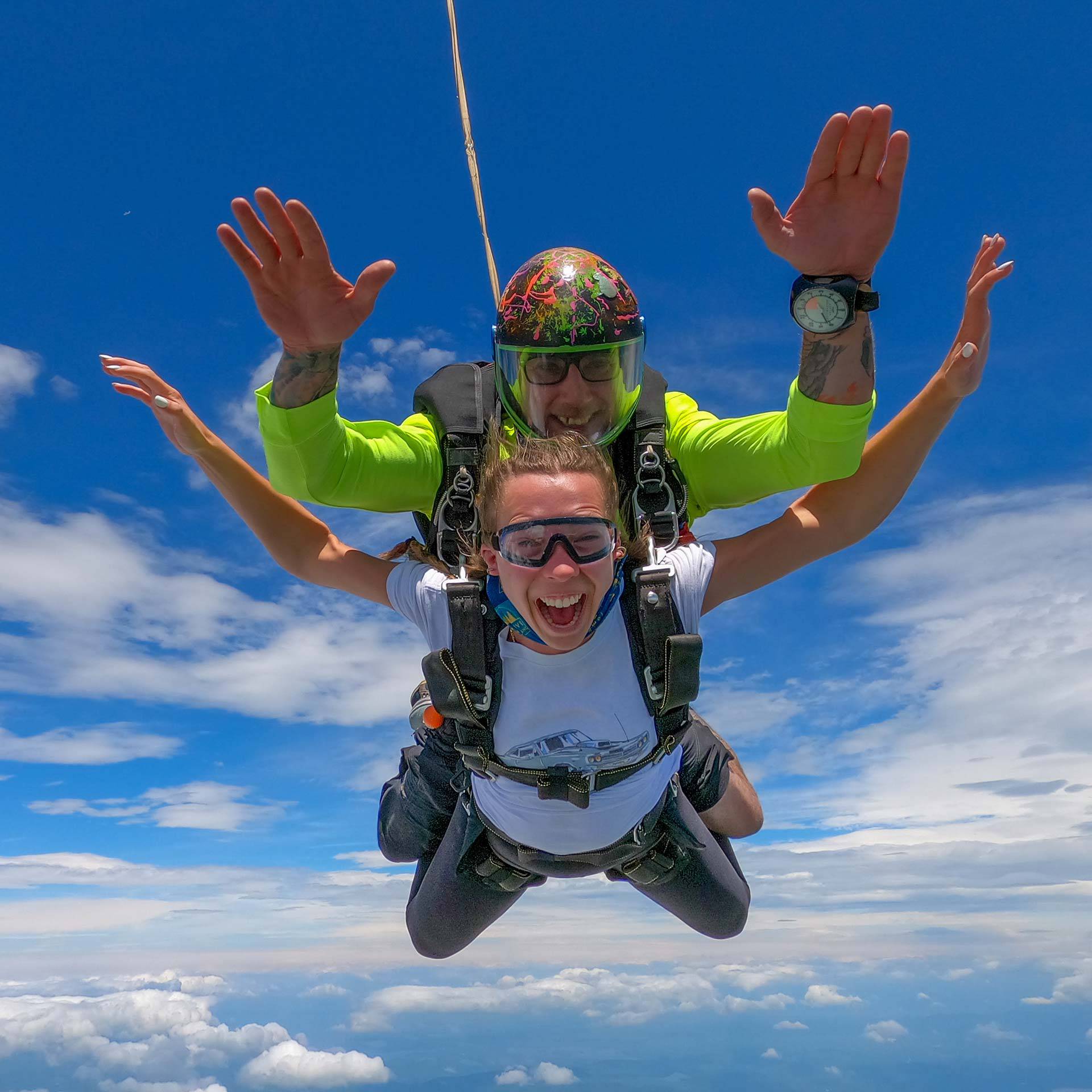
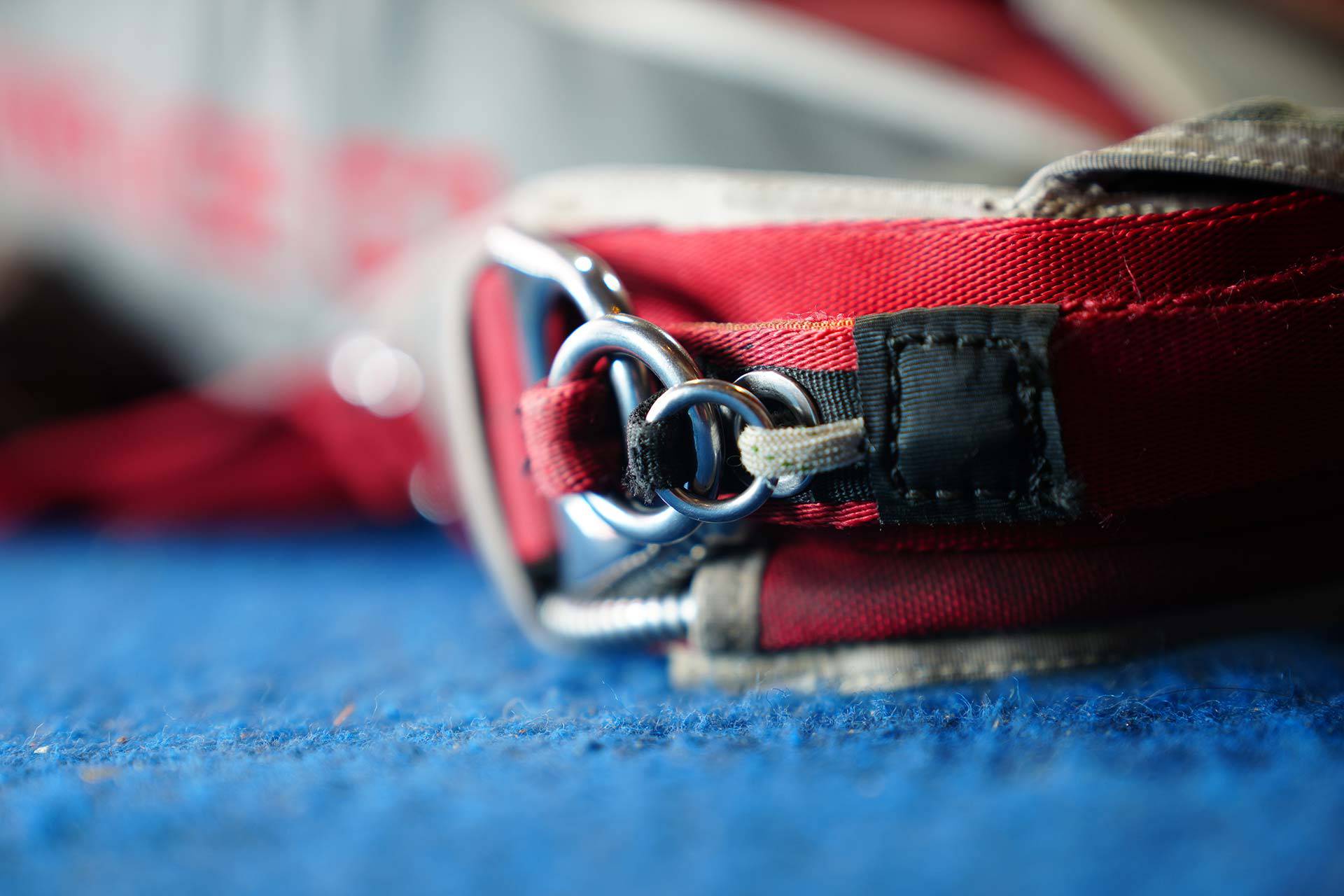
Even More Wicked-Fun Than It Looks!
Come see why the biggest DZ in New England is also the best.



